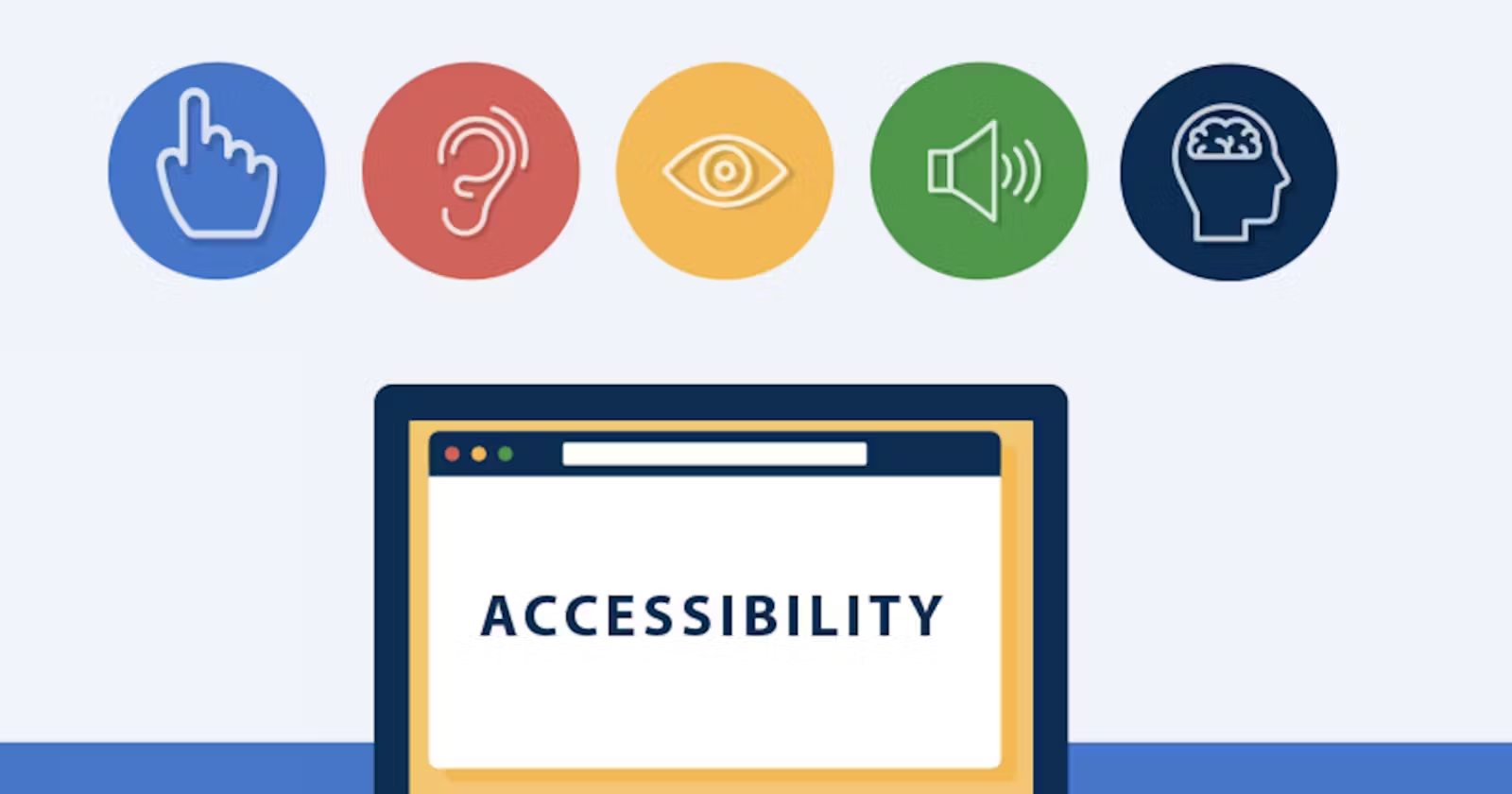In today’s digital age, creating an accessible website is not just a legal requirement in many countries; it’s also a fundamental aspect of providing a positive user experience. Accessibility ensures that all users, regardless of their abilities or disabilities, can navigate, understand, and interact with your website effectively. Here’s a comprehensive guide on how to improve website accessibility and make your site more inclusive.

Table of Contents
Toggle1. Understand Accessibility Guidelines
Before making changes, familiarize yourself with the Web Content Accessibility Guidelines (WCAG). These guidelines provide a comprehensive framework for making web content more accessible. They are divided into four principles:
- Perceivable: Information must be presented in ways that users can perceive. This includes text alternatives for non-text content.
- Operable: Users must be able to interact with your website. Ensure that all functionalities are accessible via keyboard navigation.
- Understandable: Content must be easy to read and understand. Use clear language and organize information logically.
- Robust: Content should be compatible with various user agents, including assistive technologies.
2. Use Descriptive Alt Text for Images
Images enhance the visual appeal of a website, but they can also be a barrier for users with visual impairments. Always provide alternative text (alt text) for images. This text should describe the image’s content and function. For example, instead of using “image1.jpg,” use “A person reading a book in a park.” This way, screen readers can convey the information to visually impaired users.
3. Ensure Sufficient Color Contrast
Color contrast plays a critical role in readability. Ensure there is enough contrast between text and background colors. Use tools like the WebAIM Contrast Checker to evaluate whether your color combinations meet accessibility standards. Generally, a contrast ratio of at least 4.5:1 is recommended for body text, while a ratio of 3:1 is sufficient for larger text.
4. Implement Keyboard Navigation
Many users rely on keyboards rather than mice for navigation. Make sure that all interactive elements (links, buttons, forms) are reachable and operable using keyboard shortcuts. You can achieve this by:
- Using tabindex attributes to control the order of navigation.
- Ensuring that all functionalities are accessible without requiring mouse interaction.
5. Create Clear and Consistent Navigation
A well-structured navigation system is crucial for all users, especially those with cognitive disabilities. Here are some tips to enhance navigation:
- Use clear and descriptive labels for links and buttons.
- Keep navigation consistent across all pages.
- Implement a logical hierarchy for menus and submenus.
- Provide a search function to help users find specific content quickly.
6. Use Headings and Structure Appropriately
Headings help users, especially those using screen readers, to navigate content more easily. Use HTML heading tags (H1, H2, H3) to create a clear structure. This not only benefits users but also improves SEO. Ensure that:
- H1 tags are used for the main title.
- H2 tags denote major sections.
- H3 tags are used for subsections.
7. Add Transcripts and Captions for Multimedia
For videos and audio content, provide transcripts and captions. This ensures that users who are deaf or hard of hearing can access the information. Additionally, captions can benefit users in noisy environments or those who may not understand the spoken language well.
8. Test Your Website’s Accessibility
Regularly test your website for accessibility issues using automated tools and manual checks. Some popular accessibility testing tools include:
- WAVE: A web accessibility evaluation tool that identifies accessibility errors.
- axe: A browser extension that provides insights into accessibility issues.
- Lighthouse: A tool integrated into Google Chrome that audits various aspects of web performance, including accessibility.
Conduct user testing with individuals who have disabilities to gather real feedback on your website’s usability.
9. Optimize Forms for Accessibility
Forms are often a key part of user interaction on websites. Make sure your forms are accessible by:
- Providing clear labels for each form field.
- Using appropriate input types (e.g., email, date).
- Ensuring proper error messages are displayed and are understandable.
- Making sure users can navigate the form using the keyboard.
10. Stay Informed and Updated
Web accessibility is an evolving field. Stay informed about the latest best practices, tools, and legal requirements. Follow accessibility blogs, attend workshops, and participate in online forums to enhance your understanding and implementation of accessibility features.
Conclusion
Improving website accessibility is a vital step toward creating an inclusive online environment. By following the guidelines outlined above, you can enhance your website’s usability for all users, regardless of their abilities. Not only does this improve user experience, but it also increases your site’s reach and compliance with legal standards. Remember, accessibility is an ongoing process, so continue to seek feedback and make necessary adjustments to ensure your website remains accessible for everyone.


No responses yet